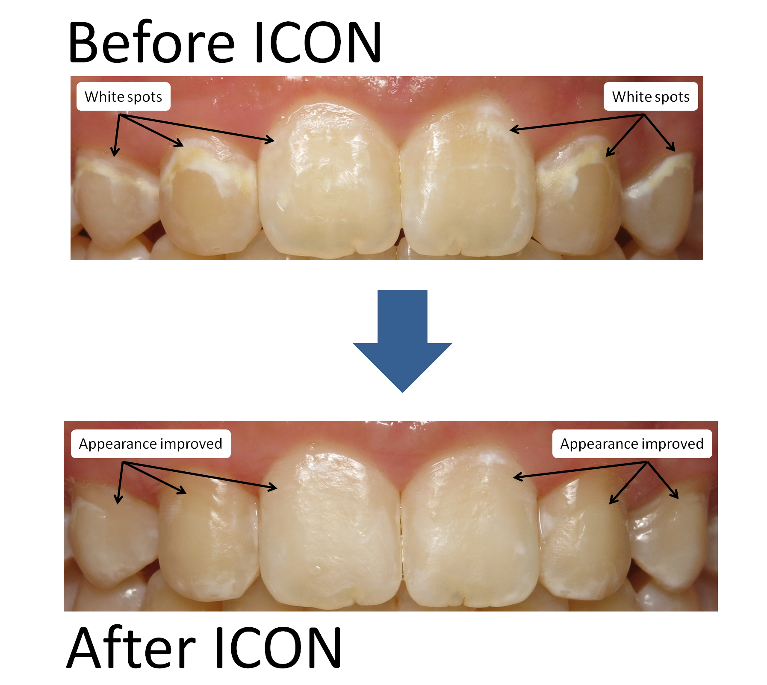Exercise After Discectomy

Recovery from discectomy, a surgical procedure to remove a damaged or herniated disc from the spine, is a complex and multifaceted process. A crucial component of this recovery is a well-structured exercise program. The primary goals of post-discectomy exercises are to improve spinal mobility, strengthen the back and abdominal muscles, enhance balance, and promote a gradual return to normal activities. However, it’s essential to approach exercise after discectomy with caution and under the guidance of healthcare professionals to avoid complications and ensure a smooth recovery.
Initial Recovery Phase (First Few Weeks)
Immediately following discectomy, the initial focus is on allowing the body to heal from the surgery. During this period, exercises are typically gentle and aimed at preventing stiffness and maintaining basic mobility. Patients are often advised to:
- Avoid heavy lifting, bending, or twisting: These activities can put unnecessary strain on the spine and interfere with the healing process.
- Engage in short walks: Gentle walking can help improve circulation, reduce the risk of blood clots, and maintain some level of mobility without overexerting the spine.
- Perform pelvic tilts and gentle bridging: These exercises can help maintain flexibility in the lower back and strengthen the core muscles, which are essential for spinal stability.
Progressive Exercise Phase
As the body heals and with the approval of their healthcare provider, patients can progress to more targeted exercises. This phase aims to:
- Strengthen core muscles: The core, including the abdominals and back muscles, plays a critical role in supporting the spine. Exercises like planks, bird dog, and gentle crunches can be beneficial.
- Improve flexibility and range of motion: Gentle stretching exercises for the back, hamstrings, and hip flexors can help improve mobility and reduce stiffness.
- Enhance balance and proprioception: Exercises that challenge balance, such as standing on one foot or using a BOSU ball, can help improve the body’s ability to sense its position and move efficiently.
Advanced Rehabilitation Phase
Once a patient has made significant progress and has their healthcare provider’s clearance, they can move on to more advanced exercises. This phase is designed to:
- Increase strength and endurance: More intense strengthening exercises for the back, abdominals, and surrounding muscles can be introduced. These might include resistance band exercises, light weightlifting, or more dynamic core exercises.
- Improve functional mobility: The focus here is on exercises that mimic daily activities or specific sports movements, helping the patient return to their normal lifestyle or athletic pursuits.
- Enhance cardiovascular fitness: Incorporating aerobic exercises, such as cycling, swimming, or using an elliptical machine, can help improve overall fitness without putting excessive strain on the spine.
Considerations for Exercise After Discectomy
- Listen to your body: If an exercise causes pain or discomfort, stop immediately and consult with your healthcare provider.
- Work with a physical therapist: A physical therapist can provide personalized exercises tailored to your specific needs and abilities, helping you progress safely through your recovery.
- Stay hydrated and nourished: Proper nutrition and hydration are crucial for healing and energy levels during the recovery process.
- Manage stress: Stress can exacerbate back pain. Engaging in stress-reducing activities, such as meditation or yoga, can be beneficial.
Long-Term Outlook and Prevention
While exercise plays a vital role in recovery after discectomy, it’s also essential for long-term spinal health. Regular physical activity can help prevent future spinal issues by maintaining flexibility, strengthening supportive muscles, and promoting good posture. Additionally, adopting a healthy lifestyle, including a balanced diet, regular exercise, and good body mechanics, can significantly reduce the risk of further spinal problems.
Conclusion
Exercise after discectomy is a gradual process that requires patience, adherence to medical advice, and a well-structured approach. By progressing through the different phases of recovery, individuals can not only regain their pre-surgery level of function but also work towards preventing future spinal issues. Always consult with healthcare professionals to tailor an exercise program that meets individual needs and ensures a safe and effective recovery.
What are the first exercises I should do after discectomy?
+Initially, focus on gentle movements like pelvic tilts, short walks, and basic stretches to maintain mobility without straining the spine. Always consult with your healthcare provider before starting any exercise program.
How long does it take to recover from discectomy and return to normal activities?
+Recovery time can vary significantly depending on the individual, the extent of the surgery, and overall health. Generally, patients can expect to return to light activities within a few weeks and more strenuous activities within several months. It’s crucial to follow the specific guidance of your healthcare provider.
Can I prevent future spinal issues after discectomy?
+Yes, adopting a healthy lifestyle that includes regular exercise, maintaining a healthy weight, practicing good posture, and avoiding activities that strain the spine can significantly reduce the risk of future spinal problems.

